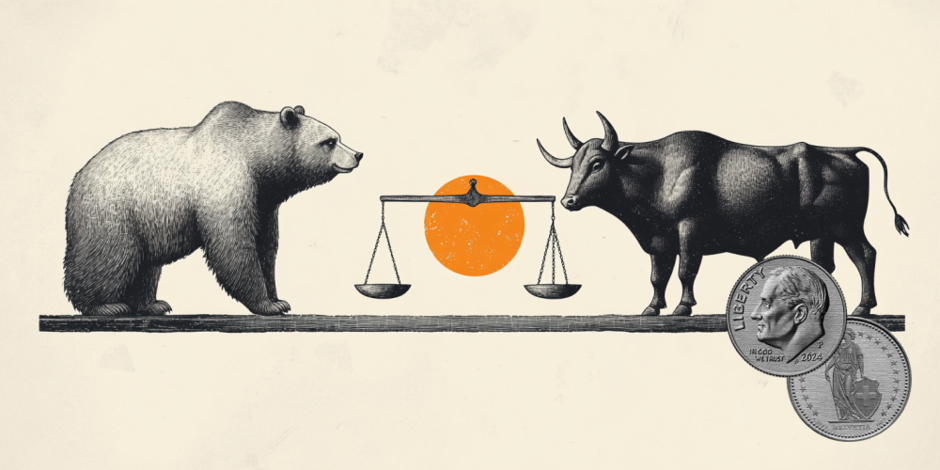USD/CHF stays above 0.9100, faces potential downside risks due to dovish Fed stance
- USD/CHF may continue to decline as market sentiment increases that the Fed will lower interest rates twice this year.
- US Retail Sales rose by 0.4% MoM in December, falling short of the market expectations of a 0.6% rise.
- The safe-haven Swiss Franc may struggle as Israel and Hamas have reportedly agreed to a peace deal.

USD/CHF remains steady following three days of losses, hovering near 0.9110 during the Asian trading hours on Friday. However, the pair faced challenges as the US Dollar (USD) extended losses after the weaker US Retail Sales data released on Thursday.
US Retail Sales rose by 0.4% MoM in December, reaching $729.2 billion. This reading was weaker than the market expectations of a 0.6% rise and lower than the previous reading of a 0.8% increase (revised from 0.7%).
Growing expectations that the Federal Reserve (Fed) will cut interest rates twice this year have driven US Treasury bond yields lower, with the 2-year and 10-year notes currently at 4.23% and 4.60%, respectively. Both yields are on course for a weekly decline of over 3%.
The USD/CHF pair faces challenges as the US Dollar Index (DXY), which tracks the USD's performance against six major currencies, remains under pressure for the fifth consecutive session, trading near 109.00.
Chicago Federal Reserve Bank President Austan Goolsbee stated on Thursday that he has grown increasingly confident over the past several months that the job market is stabilizing at a level resembling full employment, rather than deteriorating into something worse, according to Reuters.
The safe-haven Swiss Franc (CHF) may face headwinds as geopolitical tensions in the Middle East ease. Israel and Hamas have reportedly agreed to a deal to pause the conflict in Gaza after 15 months of war. According to CNN, the agreement is expected to take effect on Sunday, pending approval by the Israeli cabinet.
Swiss Franc FAQs
The Swiss Franc (CHF) is Switzerland’s official currency. It is among the top ten most traded currencies globally, reaching volumes that well exceed the size of the Swiss economy. Its value is determined by the broad market sentiment, the country’s economic health or action taken by the Swiss National Bank (SNB), among other factors. Between 2011 and 2015, the Swiss Franc was pegged to the Euro (EUR). The peg was abruptly removed, resulting in a more than 20% increase in the Franc’s value, causing a turmoil in markets. Even though the peg isn’t in force anymore, CHF fortunes tend to be highly correlated with the Euro ones due to the high dependency of the Swiss economy on the neighboring Eurozone.
The Swiss Franc (CHF) is considered a safe-haven asset, or a currency that investors tend to buy in times of market stress. This is due to the perceived status of Switzerland in the world: a stable economy, a strong export sector, big central bank reserves or a longstanding political stance towards neutrality in global conflicts make the country’s currency a good choice for investors fleeing from risks. Turbulent times are likely to strengthen CHF value against other currencies that are seen as more risky to invest in.
The Swiss National Bank (SNB) meets four times a year – once every quarter, less than other major central banks – to decide on monetary policy. The bank aims for an annual inflation rate of less than 2%. When inflation is above target or forecasted to be above target in the foreseeable future, the bank will attempt to tame price growth by raising its policy rate. Higher interest rates are generally positive for the Swiss Franc (CHF) as they lead to higher yields, making the country a more attractive place for investors. On the contrary, lower interest rates tend to weaken CHF.
Macroeconomic data releases in Switzerland are key to assessing the state of the economy and can impact the Swiss Franc’s (CHF) valuation. The Swiss economy is broadly stable, but any sudden change in economic growth, inflation, current account or the central bank’s currency reserves have the potential to trigger moves in CHF. Generally, high economic growth, low unemployment and high confidence are good for CHF. Conversely, if economic data points to weakening momentum, CHF is likely to depreciate.
As a small and open economy, Switzerland is heavily dependent on the health of the neighboring Eurozone economies. The broader European Union is Switzerland’s main economic partner and a key political ally, so macroeconomic and monetary policy stability in the Eurozone is essential for Switzerland and, thus, for the Swiss Franc (CHF). With such dependency, some models suggest that the correlation between the fortunes of the Euro (EUR) and the CHF is more than 90%, or close to perfect.
Author

Akhtar Faruqui
FXStreet
Akhtar Faruqui is a Forex Analyst based in New Delhi, India. With a keen eye for market trends and a passion for dissecting complex financial dynamics, he is dedicated to delivering accurate and insightful Forex news and analysis.

















